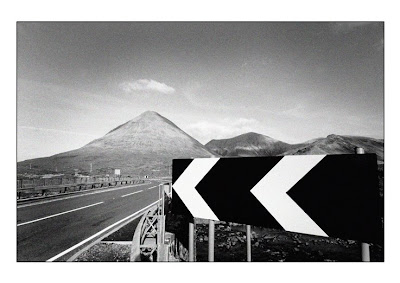
We bought our Eswood undercounter dishwasher new. We previously had an old Hobart that we bought at auction which, though very good, slowly became more and more expensive to repair.
The first thing we noticed about our new Eswood was that the dish tray is higher than our old Hobart's was. This is good because you don’t have to bend as far. The second thing we noticed was that the amber coloured shell around the ‘cycle indicator light’ fell off. It was poorly adhered so we stuck it back on with sticky tape, looks crappy but its still there.
I realised straight away that the quality control at Eswood was not much good. We have had the unit for about two years and that has been a pattern ever since. Poor quality parts that are expensive, not repairable, and break easily. The first item to go was the main switch that controls the cycles, a tiny piece of plastic broke off and we had to buy a new switch. The most recent problem is that the drain pump leaks, it is in two parts and they no longer fit together properly.
Parts are not readily available, each time a new part is required we have to wait for at least two days.
Now you may be thinking that we are twenty four hour a day 7 day a week café with hundreds of cycles each day and that breakdowns are to be expected. But this is not the case we open only for breakfast and lunch 6 days a week and breakfast only on Sundays. I would say that we have provide the machine with a medium load. The machine is rated at 500 plates per hour, we only haves seats for 34 and part of our business is take away (no washing up).
In summing up my experience is that if you wish to support your local dishwasher repairer and enjoy washing dishes by hand for a couple of days each time something goes wrong, then the Eswood is for you.
The unit we have is the Eswood compact under-counter dishwasher model number UC-25.

























